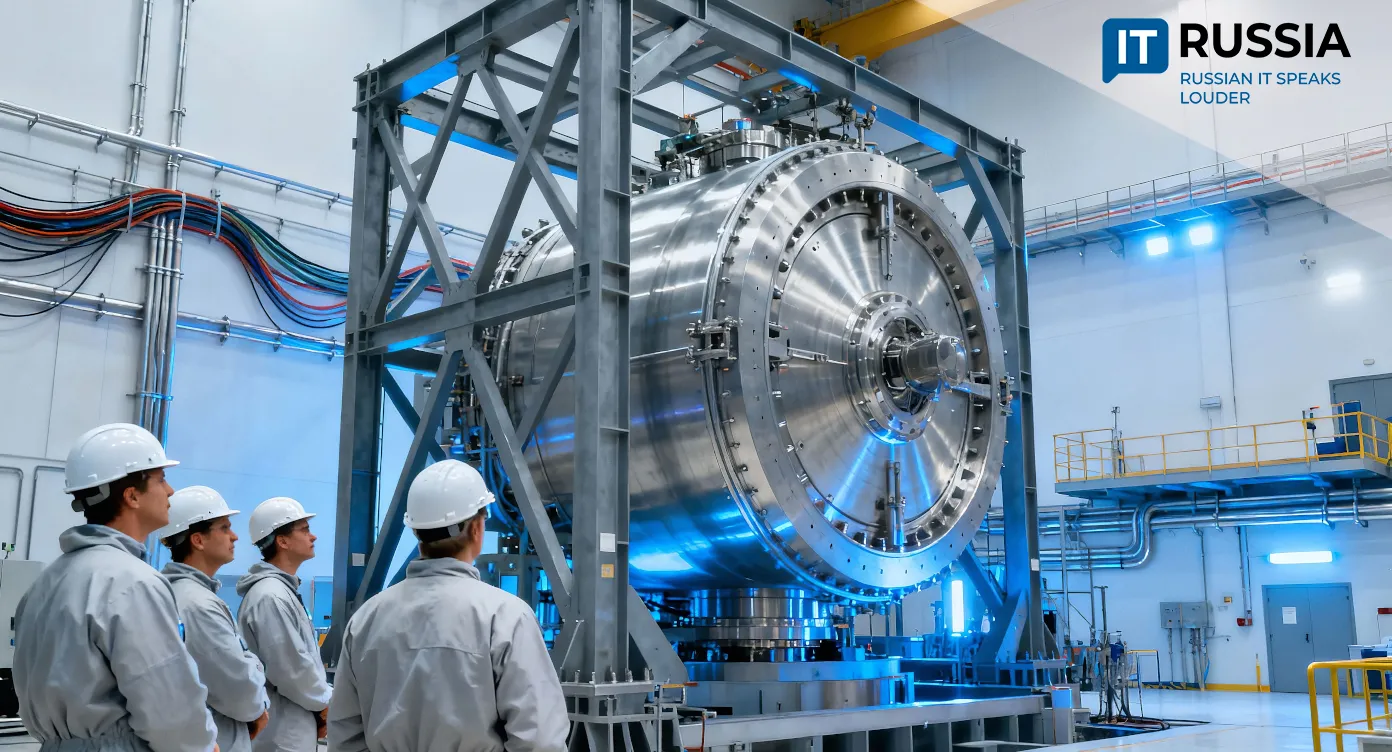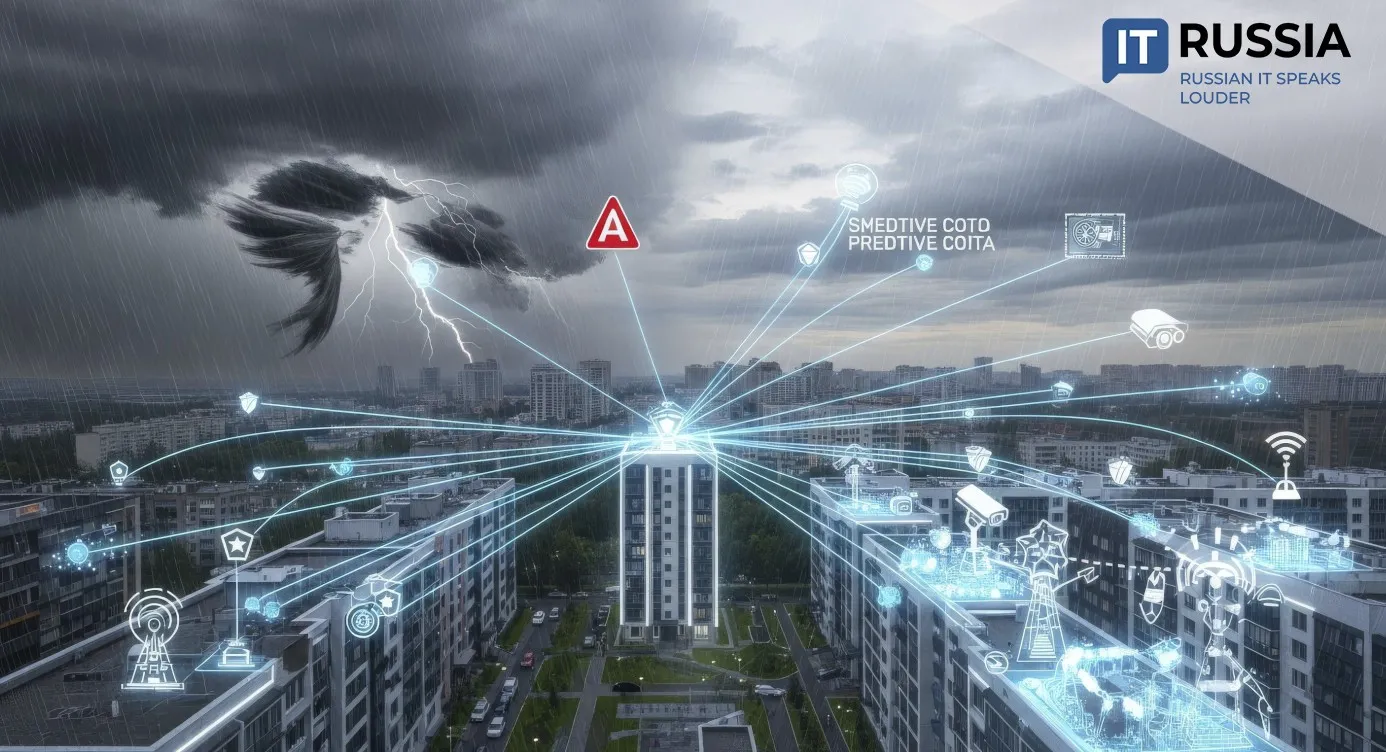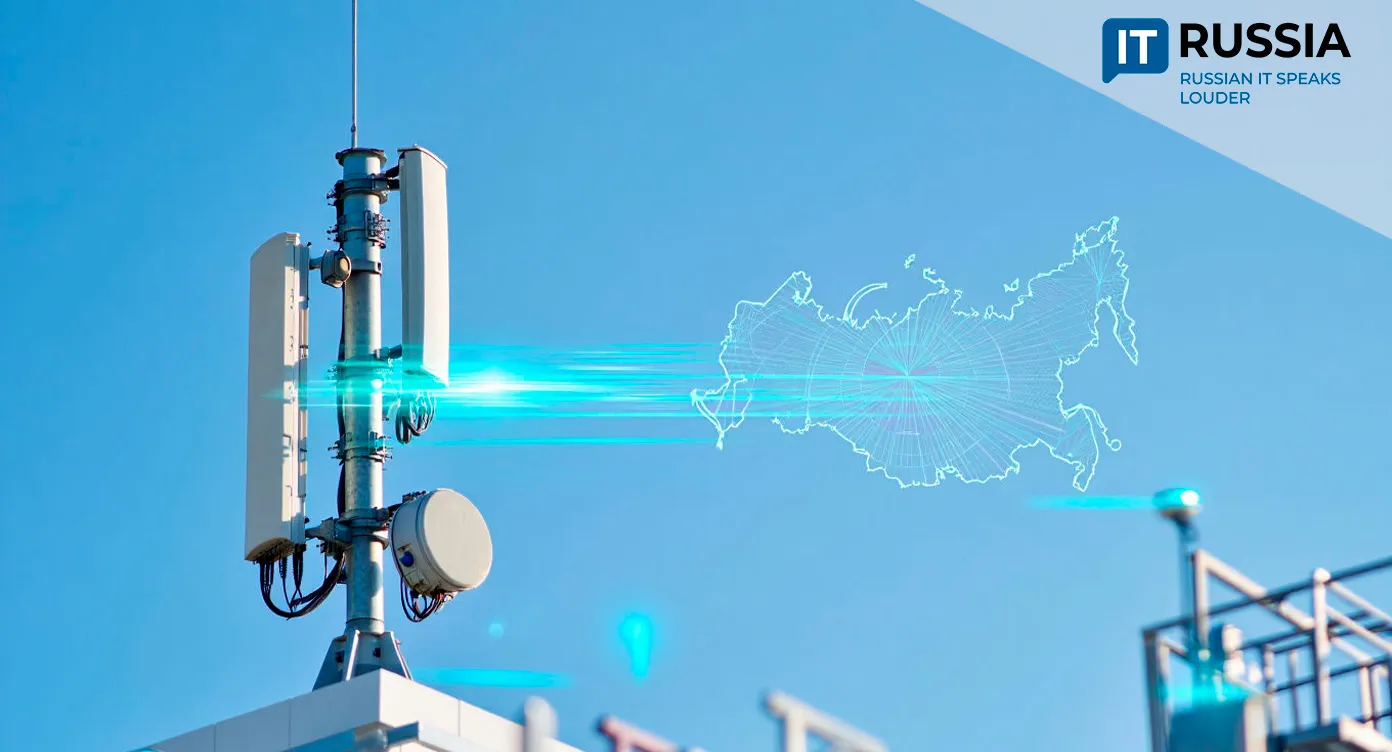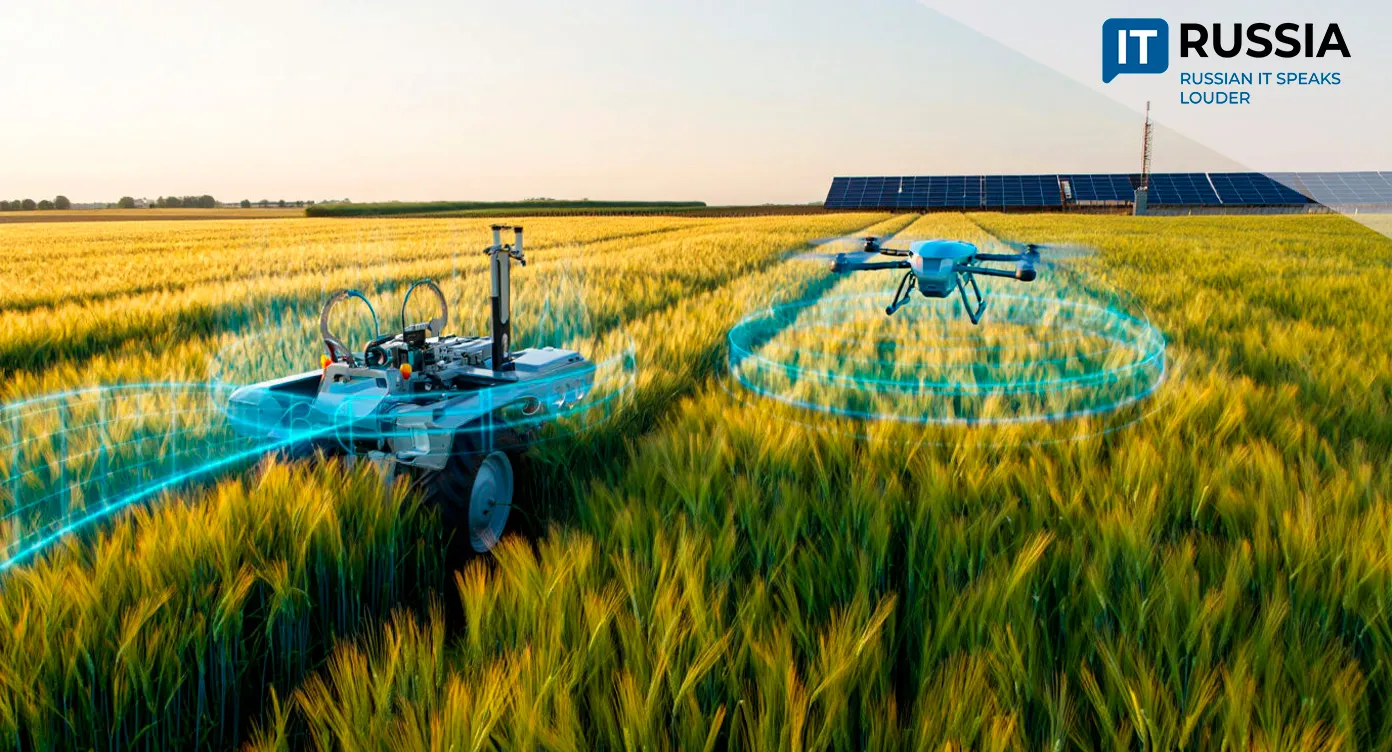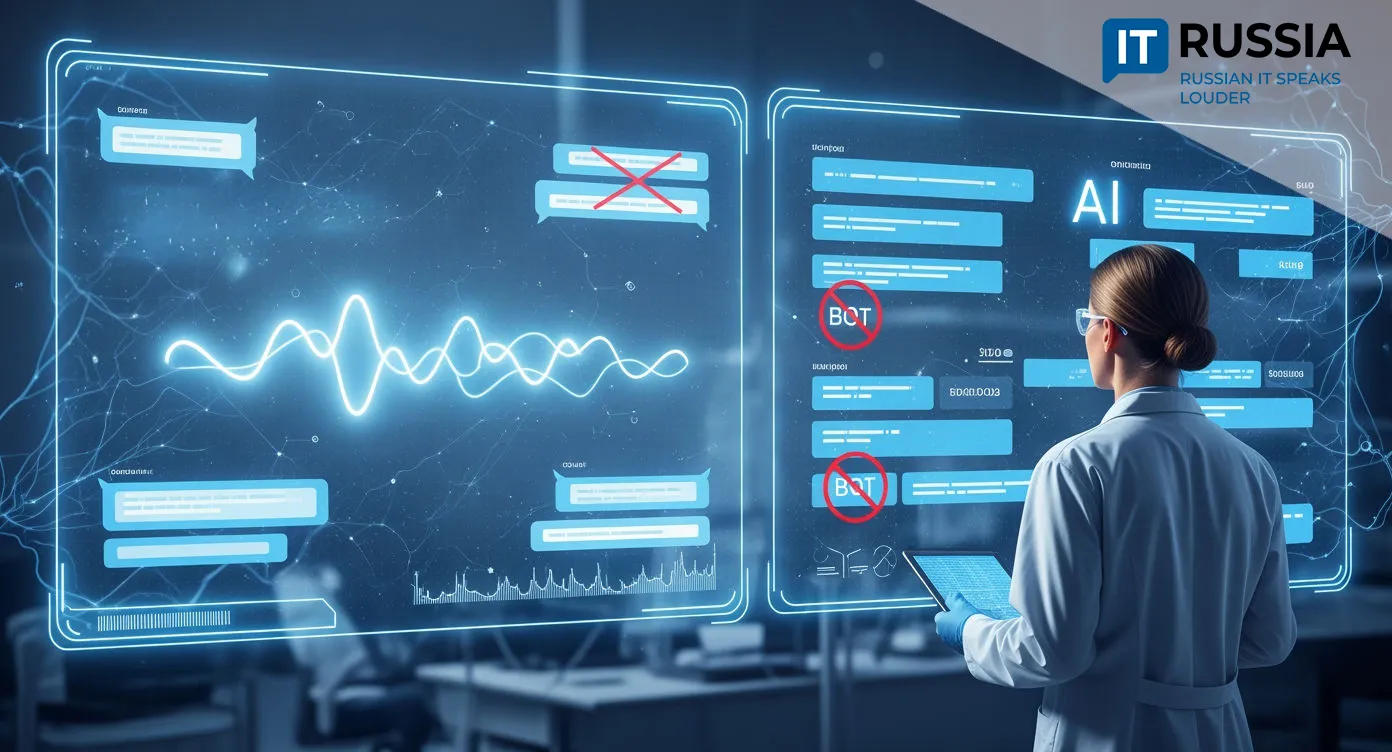Found and Safe: On-Board AI Transforms Search-and-Rescue Drone Operations
Russia has successfully tested an onboard AI system for drones that can autonomously locate missing people, marking a major leap in search‑and‑rescue technology and ecological monitoring.

Stress‑Testing Intelligence in the Field
A technological challenge once considered futuristic has now become reality. During the large‑scale NTI competition “Autonomous Search: Onboard,” 51 teams from 12 regions competed to develop AI systems capable of detecting people from the air.
Fifteen finalists deployed five types of drones—from standard quadcopters to fixed‑wing VTOL systems—to scan an area equivalent to 70 football fields within minutes.
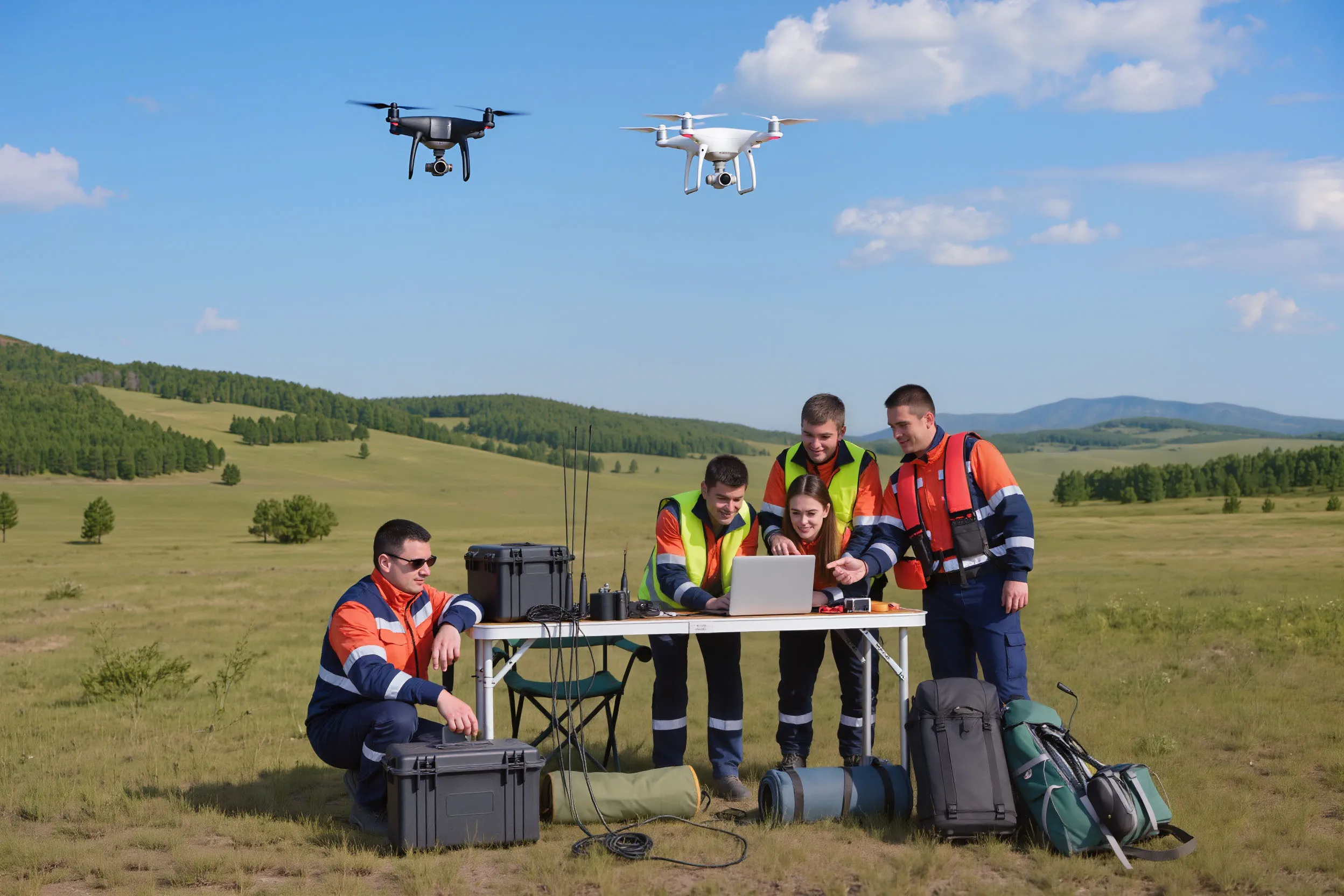
Their task: identify dummy human figures, process visual data directly onboard, and transmit accurate geocoordinates to rescuers. The winning team, DroneFlight, achieved exceptional results—over 90 percent correct detections—showcasing how onboard neural‑network processing dramatically improves both accuracy and speed.
What would take ground teams up to ten hours, an AI‑equipped drone completed in approximately 13 minutes.
A New Era in Search‑and‑Rescue Efficiency
More than 200,000 people go missing in Russia every year. For those lost in forests, disaster zones, or remote terrain, response time determines survival. AI‑powered drones can accelerate detection, reduce human workload, and minimize risks for rescuers.
Russia has been building momentum in this direction. In 2023, the NTI Foundation, MIPT, and the volunteer search group LizaAlert created the “Emergency Search” system, capable of analyzing images with neural networks in under a second. It has already helped save six lives.
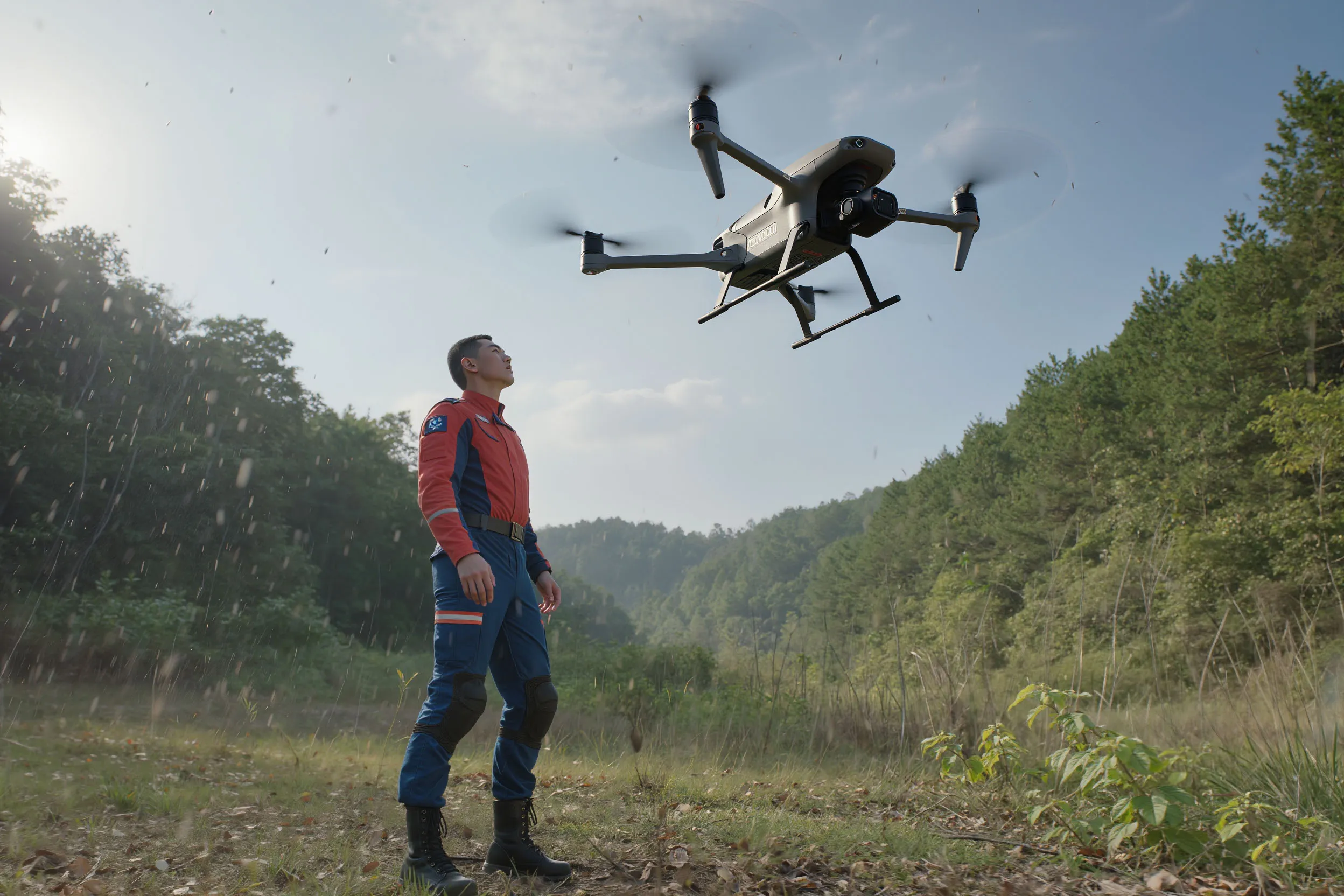
The Ministry of Emergency Situations (EMERCOM) is now integrating AI‑based drones into its response toolkit. Globally, research aligns with this trend—studies like UAV‑VLRR show that intuitive AI‑assisted navigation can outperform conventional autopilot by 33.75 percent and human pilots by 54.6 percent.
Scaling Protection: From Forests to Oceans
In the coming years, these systems are expected to be adopted by EMERCOM and regional rescue services across Russia. The technology may soon support national digital‑safety initiatives and expand with more advanced algorithms, real‑time analysis, and new sensors such as lidar and radar.
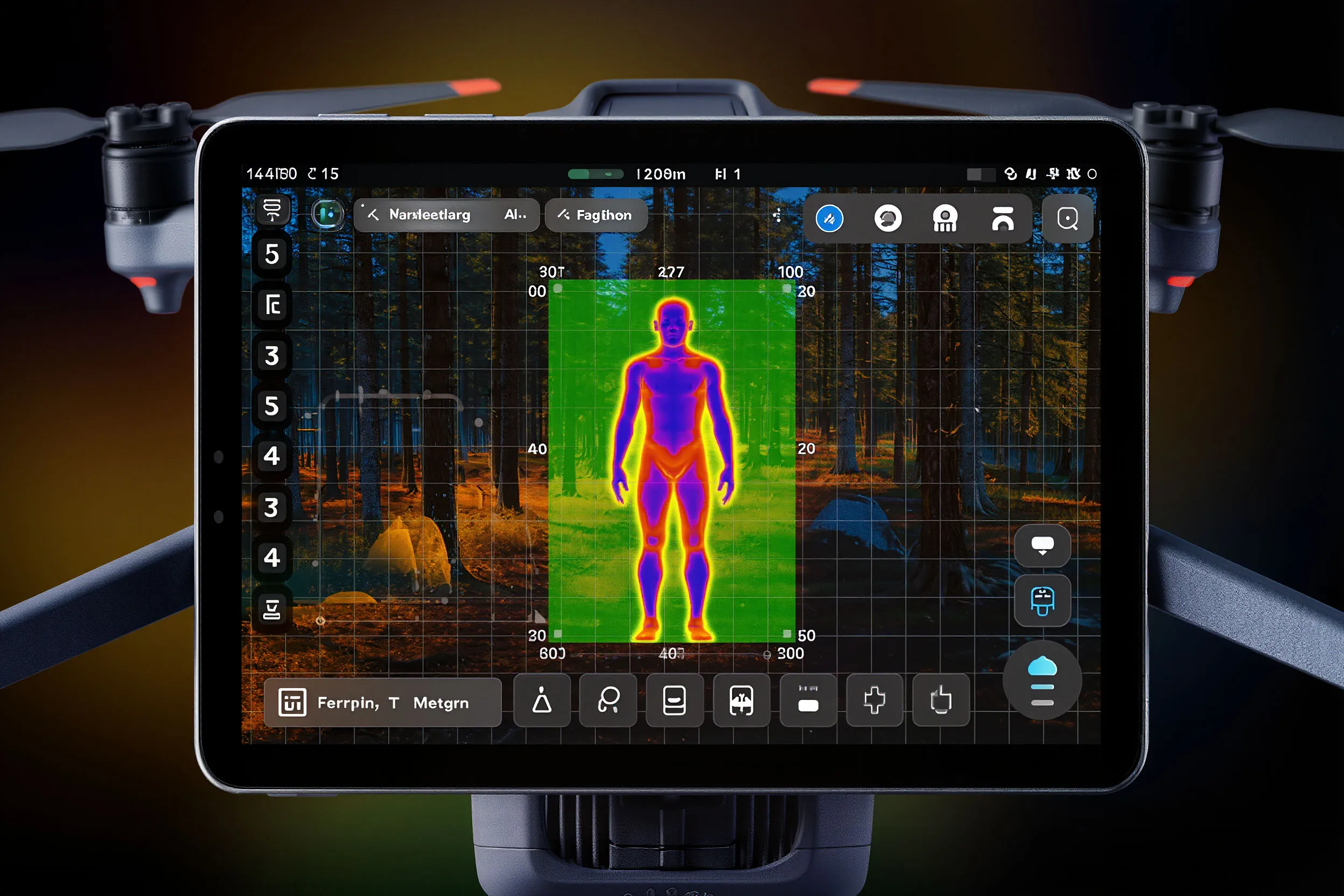
Standardized modular drone platforms could enable monitoring in any environment—from dense forests to offshore zones. Countries with vast or hard‑to‑reach territories may find these Russian solutions especially valuable.
As AI‑driven search systems scale, they will not only reduce ecological damage from prolonged search operations but also protect the most important resource of all: human life.

















